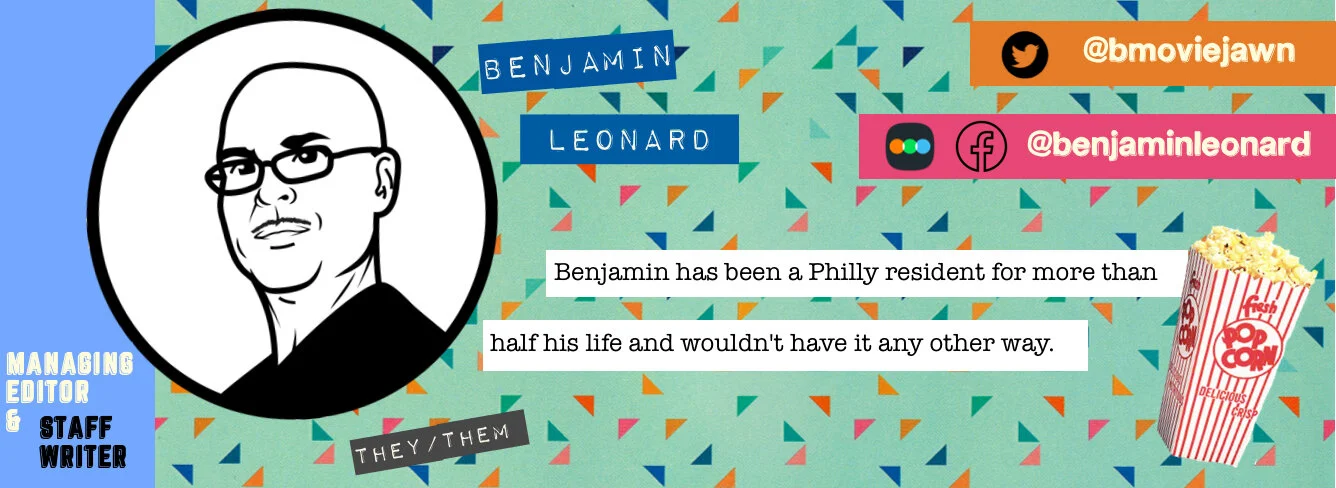Slamdance 2021: NO TRACE (NULLE TRACE) is engaging slow cinema
Written and directed by Simon Lavoie
Starring Monique Gosselin and Nathalie Doummar
Language: French with white English subtitles
Running time: 1 hour and 45 minutes
Contains brief nudity and some graphic and disturbing situations
Now playing at the Slamdance Film Festival
by Benjamin Leonard, Managing Editor, Zine, Best Boy
Honestly, I understand many people’s aversion to “slow cinema”. It can be a large investment of your attention. With a focus on the characters and their relationships, it is often emotionally draining. For me, I usually have to be in the mood for it and still, there’s no guarantees. As I settled in to watch No Trace, I wasn’t aware that it was going to be slow cinema. However, by the time I realized it, I was already engaged with it because of all of the excellent filmmaking elements being put to use.
No Trace was the opening night feature at this year’s Slamdance Film Festival and is writer/director Simon Lavoie’s sixth feature film. It takes place in a near-future warzone/dystopia where N (Monique Gosselin) lives the solitary life of a smuggler that hauls people and goods across a rather loosely guarded border via her motorized rail cart. N can best be described as gruff and grizzled. She seems to know her way around, takes her work seriously, tries to avoid trouble and is ready just in case there is some anyway.
Early in the film, N picks up a religious young woman, named Awa, and her infant in order to smuggle them to their husband/father on the other side. After a few tense incidents, Awa (Nathalie Doummar) is delivered to her husband and N parts ways with them to move more cargo. Unfortunately for them all, their paths cross again and don’t go smoothly for any of them. N and Awa are left questioning their perspectives on truth and faith, and so is the audience.
And really, outside of some spoiler material, there’s not much more to the story than that. However, as I mentioned in the intro, there's so much more to the film. No Trace was shot on B&W with infrared filters and it just makes everything in the frame pop. Not to mention, everything in the frame is interesting to look at. There are beautiful landscapes, old machinery and the actors’ faces have so much character.
Additionally, the sound design is amazing. There isn’t much dialog to the film. So, you often will just be listening to the wind blowing through the trees, the putter of the motor on N’s rail cart or the nerve wracking cries of Awa’s infant, ready to give her hiding place away. There’s a sparse soundtrack, but it’s good and very effective.
With scant dialog, much is left to the actors to portray what’s going through their minds through their faces and actions. While everyone was good, Monique Gosselin really stood out for me. I’d be interested in seeing her in other films, but this seems to be her first starring role.
I do, however, have one complaint about No Trace. In what I believe is an attempt to show the characters’ shifting of their own focus and perspective, Lavoie decided to repeatedly change aspect ratios. Don’t do what I did. Don’t spend the first 15-20 minutes of the film trying to figure out what the purpose is because I don’t feel that it paid off. There was one instance where the shift was used as a cheat to create a reveal. However, on the whole,it just works to pull you out of the film rather than put you into the mindset of the character.
That being said, I’m still quite interested in seeing any of his other films. A couple are on Kanopy and at least one is available to rent on Vimeo. For now, though, you should try to catch No Trace at Slamdance before it wraps this Thursday. There aren’t any current plans for US distribution outside of this fest. Passes are available here for $10 (or $5 for students).



